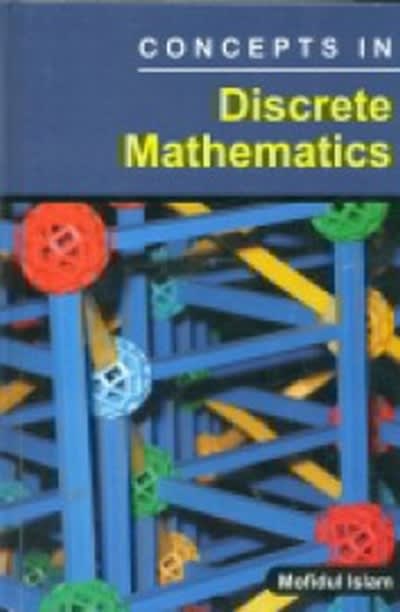Question
1.Twenty years ago, 49% of parents of children in high school felt it was a serious problem that high school students were not being taught
1.Twenty years ago, 49% of parents of children in high school felt it was a serious problem that high school students were not being taught enough math and science. A recent survey found that 237 of 750 parents of children in high school felt it was a serious problem that high school students were not being taught enough math and science. Do parents feel differently today than they did twenty years ago? Use the
=0.01 level of significance.
(a)State the null and alternative hypotheses.
(b)Find the test statistic Z0
(c)Find the P-value.
(d)State your conclusion.
2.In an experiment, 15 babies were asked to watch a climber attempt to ascend a hill. On two occasions, the baby witnesses the climber fail to make the climb. Then, the baby witnesses either a helper toy push the climber up the hill, or a hinderer toy preventing the climber from making the ascent. The toys were shown to each baby in a random fashion. A second part of this experiment showed the climber approach the helper toy, which is not a surprising action, and then the climber approached the hinderer toy, which is a surprising action. The amount of time the baby watched the event was recorded. The mean difference in time spent watching the climber approach the hinderer toy versus watching the climber approach the helper toy was 1.28 seconds with a standard deviation of 1.61 seconds.
(a)State the null and alternative hypotheses to determine if babies tend to look at the hinderer toy longer than the helper toy. Let , where is the population mean time babies spend watching the climber approach the hinderer toy and is the population mean time babies spend watching the climber approach the helper toy.
(b)Assuming the differences are normally distributed with no outliers, test if the difference in the amount of time the baby will watch the hinderer toy versus the helper toy is greater than 0 at the 0.01 level of significance. Find the test statistic for this hypothesis test. (Round to two decimal places as needed.)
(c)Determine the P-value for this hypothesis test. (Round to three decimal places as needed.)
(d)State the conclusion for this hypothesis test.
(e)What do you think the results of this experiment imply about babies' ability to assess surprising behavior?
3.Ramp metering is a traffic engineering idea that requires cars entering a freeway to stop for a certain period of time before joining the traffic flow. The theory is that ramp metering controls the number of cars on the freeway and the number of cars accessing the freeway, resulting in a freer flow of cars, which ultimately results in faster travel times. To test whether ramp metering is effective in reducing travel times, engineers conducted an experiment in which a section of freeway had ramp meters installed on the on-ramps. The response variable for the study was speed of the vehicles. A random sample of 15 cars on the highway for a Monday at 6 p.m. with the ramp meters on and a second random sample of 15 cars on a different Monday at 6 p.m. with the meters off resulted in the following speeds (in miles per hour).
Ramp meters on: 27, 49, 55, 38, 30, 24, 44, 46, 50, 34, 54, 39, 41, 27, 46
Ramp meters off: 25, 25, 42, 34, 38, 31, 48, 38, 17, 28, 22, 40, 37, 50, 41
(a)Draw side-by-side boxplots of each data set.
(b)Does there appear to be a difference in the speeds?
(c)Are there any outliers?
(d)Are the ramp meters effective in maintaining a higher speed on the freeway? Use the = 0.01 level of significance. State the null and alternative hypotheses.
(e)Determine the P-value for this test.
(f)State the conclusion of the test.
Step by Step Solution
There are 3 Steps involved in it
Step: 1

Get Instant Access to Expert-Tailored Solutions
See step-by-step solutions with expert insights and AI powered tools for academic success
Step: 2

Step: 3

Ace Your Homework with AI
Get the answers you need in no time with our AI-driven, step-by-step assistance
Get Started


